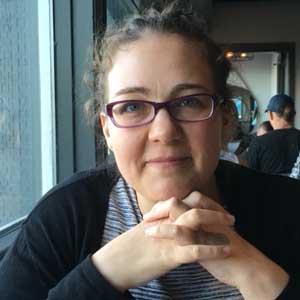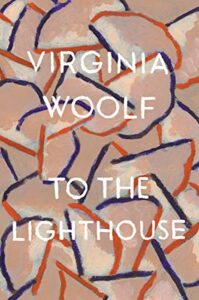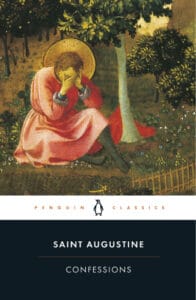Lyndall was tired after her long journey, and had come to her room early. Her eyes ran over the familiar objects. Strange to go away for four years, and come back, and find that the candle standing on the dressing-table still cast the shadow of an old crone’s head in the corner beyond the clothes-horse. Strange that even a shadow should last longer than man! She looked about among the old familiar objects; all was there, but the old self was gone.
Olive Schreiner
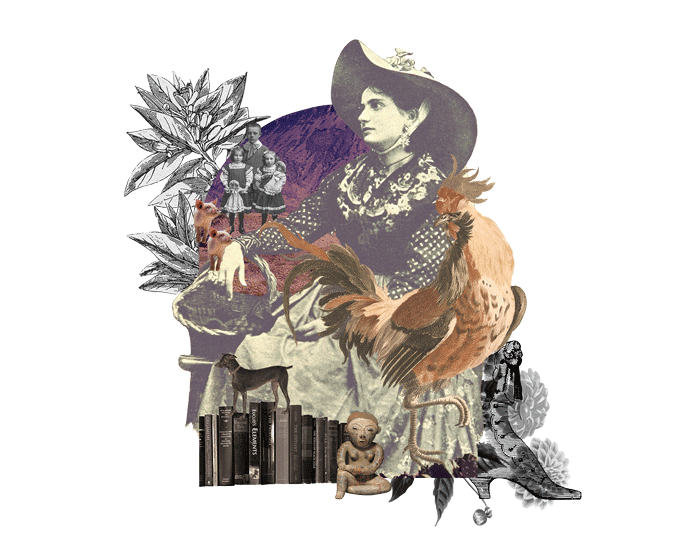
The Story of an African Farm
Olive Schreiner
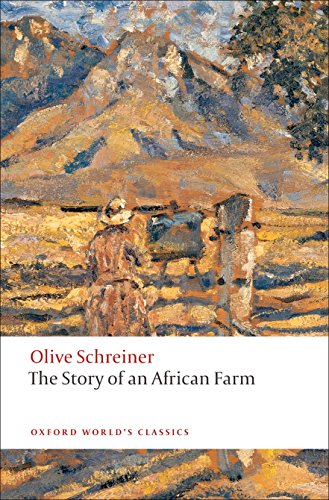
The Story of an African Farm. Olive Schreiner. Penguin Classics edition 9780140431841. Oxford World Classics edition 9780199538010.
The narrative in "The Story of an African Farm" centers on three young people, children when the book begins, all orphans who live on a South African farm.
Waldo is a dreamer, artist, inventor, and feels the pull of life off of the farm. Em and Lyndall, cousins, represent different aspects of the feminine. Em is nurturing, patient, emotional, and domestic. Lyndall is ambitious, intellectual, driven, and restless. Like Waldo, she dreams of a life off the farm. The first half of the novel follows these characters through their childhoods, showing how they are all exposed to abuse and respond differently to it. This is followed by a shorter, lyric section, called “Time and Seasons,” in which Schreiner describes what appears to be Waldo’s spiritual journey, although he is only mentioned at the beginning of the section, with Schreiner then switching predominately to first person plural pronouns.
The rest of the second part of the book follows: the three main characters are now young adults and Em is helping run the farm, waiting for a marriage proposal. Lyndall is off at school, and Waldo is working the farm but preparing to journey into the world. Although only still in young adulthood by the end of the book, these different paths lead two to early deaths and the third to the eve of a marriage to a character introduced at the beginning of the second half of the novel. The story is told in vignettes, rather than conventionally plotted, and these events are not always strictly chronological. Therefore, the focus of the novel is less on a tight, cohesive plot or character development, but more on the spiritual, intellectual, and ethical development of Waldo, Em, and Lyndall.
Why This Text is Transformative?
This is a novel that has the ability to transform through testing students’ assumptions and beliefs.
Students are likely to be both surprised and intrigued by the modernity of ideas and situations in the novel. If they are familiar with Victorian literature or culture or have some sense of it, the nature of the sexual relationships, Lyndall’s feminism, the complicated race relations, and one character’s decision to live as a different gender for a period of time, will likely challenge what they think they know about the period, not to mention any impressions they may have about rural South African culture (if any). The book raises questions about gender, sexuality, responsibility, child rearing and abuse, spirituality, the nature of work/labor, and tension between the natural world and man-made world. Long passages of interior thoughts, particularly those of Waldo and Lydall, provide ample philosophical meat on which students may chew. This is a novel that has the ability to transform through testing students’ assumptions and beliefs. Much of what it discusses feels as important in our current place and moment as Schreiner felt it was in hers.
A Focused Selection

The Story of an African Farm is not characterized by difficult language (with the exception of some South African phrases, which are explained in a glossary at the beginning of the novel), syntax, or structure. In short, it should be a relatively easy read for most students. Although the first half of the novel covers the main characters’ early lives and the circumstances that lead to where they begin part two of the novel, some of that is revisited in the second half. So students could read just the second half of the book, beginning with the “Time and Seasons” section. Students could read Part Two, chapters 1-7 for one class meeting (or for one week) and 8-14, the book’s last chapter, for the next.
Study Questions
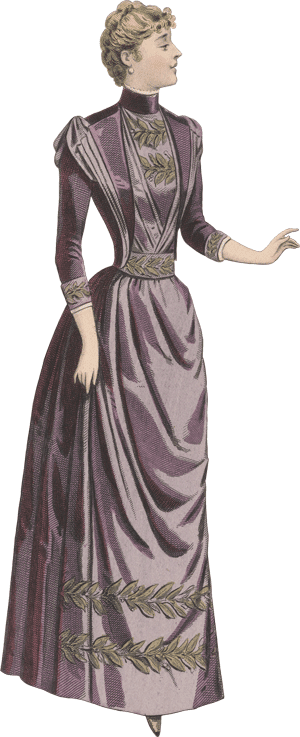
Discussion questions for Part Two of The Story of An African Farm:
1) What is the topic and argument of the first chapter “Time and Seasons,” and about whom is it written? Have you experienced a “journey of faith”? What have been the stages of that journey? If not a journey of faith, have you experienced an educational journey? A philosophical journey? What have the stages of these been? Where do you see yourself going next on this/these path/s?
2) What are some of the revelations Lyndall has had about being a woman, about men, or about the relationships between men and women? What experiences has she had that seem to be informing her attitudes? What are some deeply held beliefs you have about your own gender? Do you have assumptions or beliefs about other genders? What are these and where do they come from? (Culture? Family? Religion? Peer group? Personal experience?)
3) What does this novel have to say about work? Think specifically of Waldo’s experiences in the world with different kinds of work, as well as Gregory Rose’s time spent nursing Lyndall. Think too about the domestic work Em does, mostly behind the scenes. What are your beliefs and attitudes about work? What about the relationship between work and leisure? The contrast between working physically and working mentally? In what ways are your beliefs about work either challenged or affirmed by the character’s experiences in the text?
4) This novel was published in 1883, and the events narrated in it seem to take place a few decades before that. Further, the book takes place in South Africa, half a world away. Given the setting, what surprised you about the events in the text or about the attitudes in the text? What elements seemed “old-fashioned” or even offensive? Which elements felt contemporary? What does reading a text like The Story of an African Farm help you understand about your struggles (or the struggles of those around you) today? Does the novel help you think of contemporary issues differently? If so, what and how? Or does it affirm the ways that you think about any contemporary issues?
Building Bridges
While the novel has overlapping concerns with many other Transformative Text titles, two particularly interesting pairings would be with Virginia Woolf’s To the Lighthouse and St. Augustine’s Confessions. The structure of To the Lighthouse, with two parts, taking place in two different periods of time, divided by a lyric and philosophical section of text is strikingly similar to that of The Story of an African Farm. Additionally, both writers wrestle with what it means to be a woman and what relationships between the genders should look like. While not contemporaries, Schreiner and Woolf are not separated by much time, but the comparison is still interesting given differences in geography and culture. Both also spend significant time exploring art/aesthetics (Woolf through Lily and Schreiner through Waldo) and intellectual pursuit (Woolf through Mr. Ramsey and Schreiner through Lyndall).
The other pairing, of Schreiner with St. Augustine is suggested by Waldo’s faith journey in “Time and Seasons.” Students who are already familiar with Augustine’s narrative of his own faith journey could compare the two, particularly how it led one to greater religious belief and one away from it. Both Augustine and Waldo also question God, to very different effect. Further, Lydall’s feminism can be read against Augustine’s beliefs about gender and sexuality.
Supplemental Resources
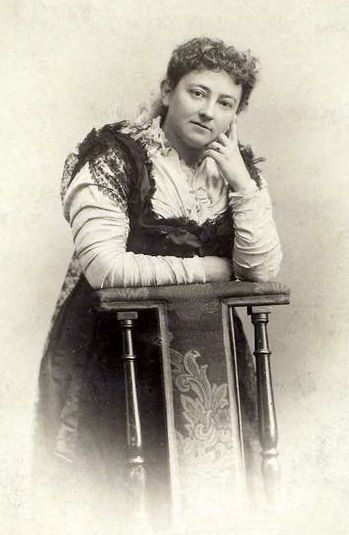
Don Quixote and the Windmills, 1945 - Salvador Dali - WikiArt.org
Schreiner has her own section of the Victorian Web, with links to her works, articles about themes in her books, and biographical information. Prof. Florence Boos from the University of Iowa has a long list of reading/discussion questions on the Department of English website that could be helpful for class planning or writing exams. This source also provides some helpful context for the novel. A few blog posts, one by Prof. Matthew Cheney and another by Anne Dewitt and a review by Ana S. on the Project Gutenberg Project blog, all provide some educated reader responses to the novel and various observations that instructors might find useful to bring into the classroom. There have been a (surprising?) number of academic papers published on Olive Schreiner’s treatment of animals in the novel as well.
Text Mapping
Discipline Mapping
English/Composition Studies
Area Studies
Philosophy & Religion
Page Contributor
